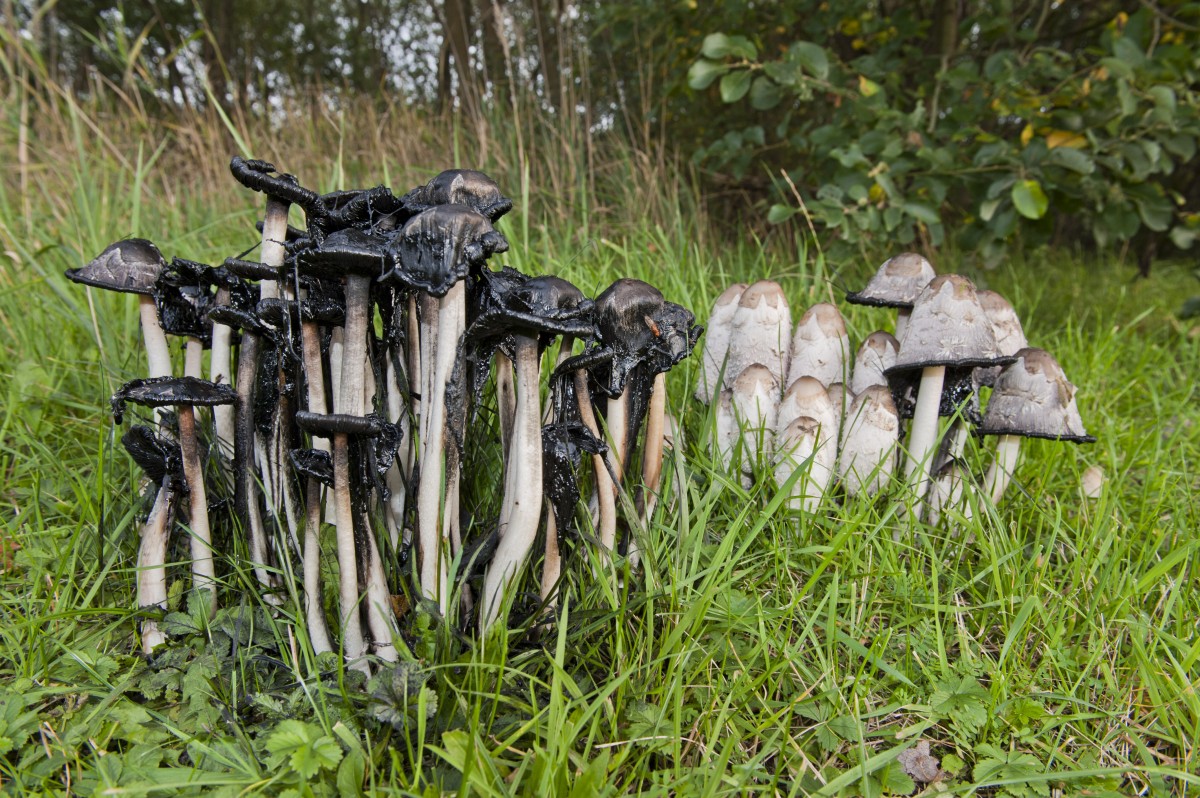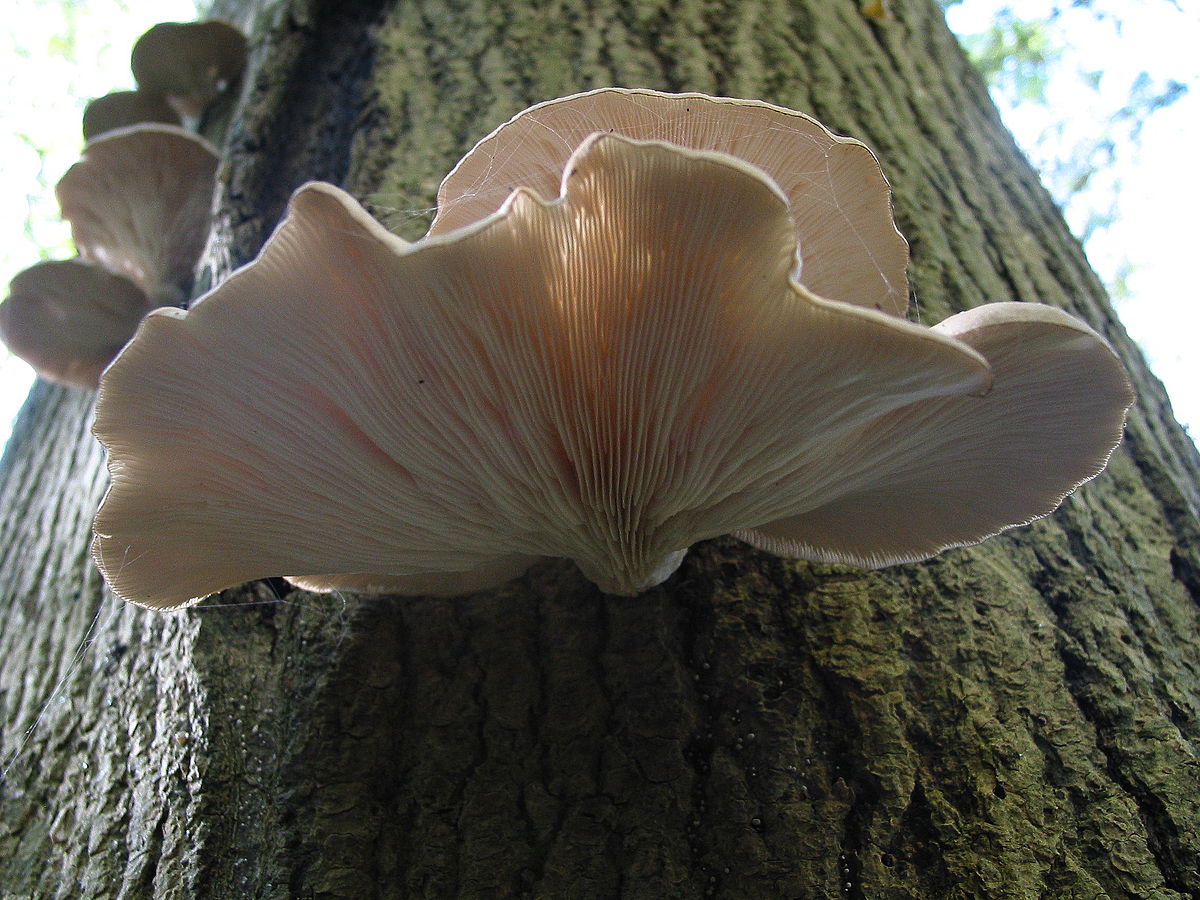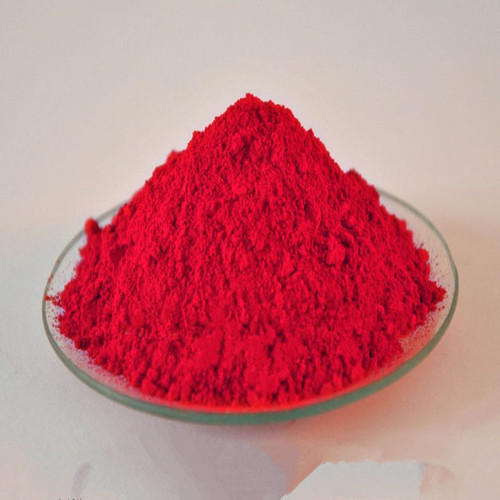Although they can easily go unnoticed, fungi occupy an important role in the ecosystem. Most fungi are decomposers, breaking down complex organic molecules into smaller molecules that can be reused by other plants and animals-- from the mold that breaks down your old sandwich, to the mushrooms you see in the forest that decompose leaf litter and fallen trees.
Because of their nonspecific enzymes, various fungi can break down a wide variety of substances - and this incredible ability is the reason fungi can help heal the environment from pollutants! Fungi can be a cost-effective, efficient, environmentally sound way to clear toxic pollutants from wastewater and certain ecosystems.

Shaggy Ink Cap, a.k.a. Coprinus comatus, photo credit: Hannes Grobe.
For starters, fungi can absorb toxic heavy metals like lead and arsenic, which can be difficult to remove from the environment, and store these metals in their fruiting bodies (mushrooms!). For example, the Shaggy Ink Cap mushroom, which grows right here in the Sierra Nevada, can absorb mercury from the soil and prevent it from poisoning nearby water sources.
Certain species of fungi can also degrade toxic oil and plastic pollutants like gasoline and polyurethane into harmless components. Other species can be used to filter household wastewater as it returns to the water cycle, and may be used to help decompose waste in composting toilets.

Oyster Mushroom (Pleurotus ostreatus)
Initial studies have indicated that fungi like the Oyster Mushroom (Pleurotus ostreatus) can be used to filter E. coli from urban and agricultural runoff. E. coli, a disease-causing bacteria, is often introduced to streams via fecal matter of human or wildlife origins. As you may know, one of CSERC's critical concerns is the contamination of forest streams by cattle grazing on our forest, and high E. coli presence is one of the things we look for when we test stream water samples. If a successful mycofiltration process could be created, our waters could be much safer for human contact.
Some fungi have been studied for their ability to break down industrial dyes that could potentially harm the environment. Many dyes cause problems in the environment by entering wastewater and influencing the light spectrum that penetrates the water, thereby affecting photosynthetic species.
In some cases, it takes an extremely long time for dyes to break down naturally, and sometimes either the dyes themselves or the components they decompose into can cause cancer and DNA mutations.
Oyster fungi, like the one pictures above, have been shown to break down toxic dyes like Congo Red into non-toxic components.

Congo Red, a carcinogenic dye

